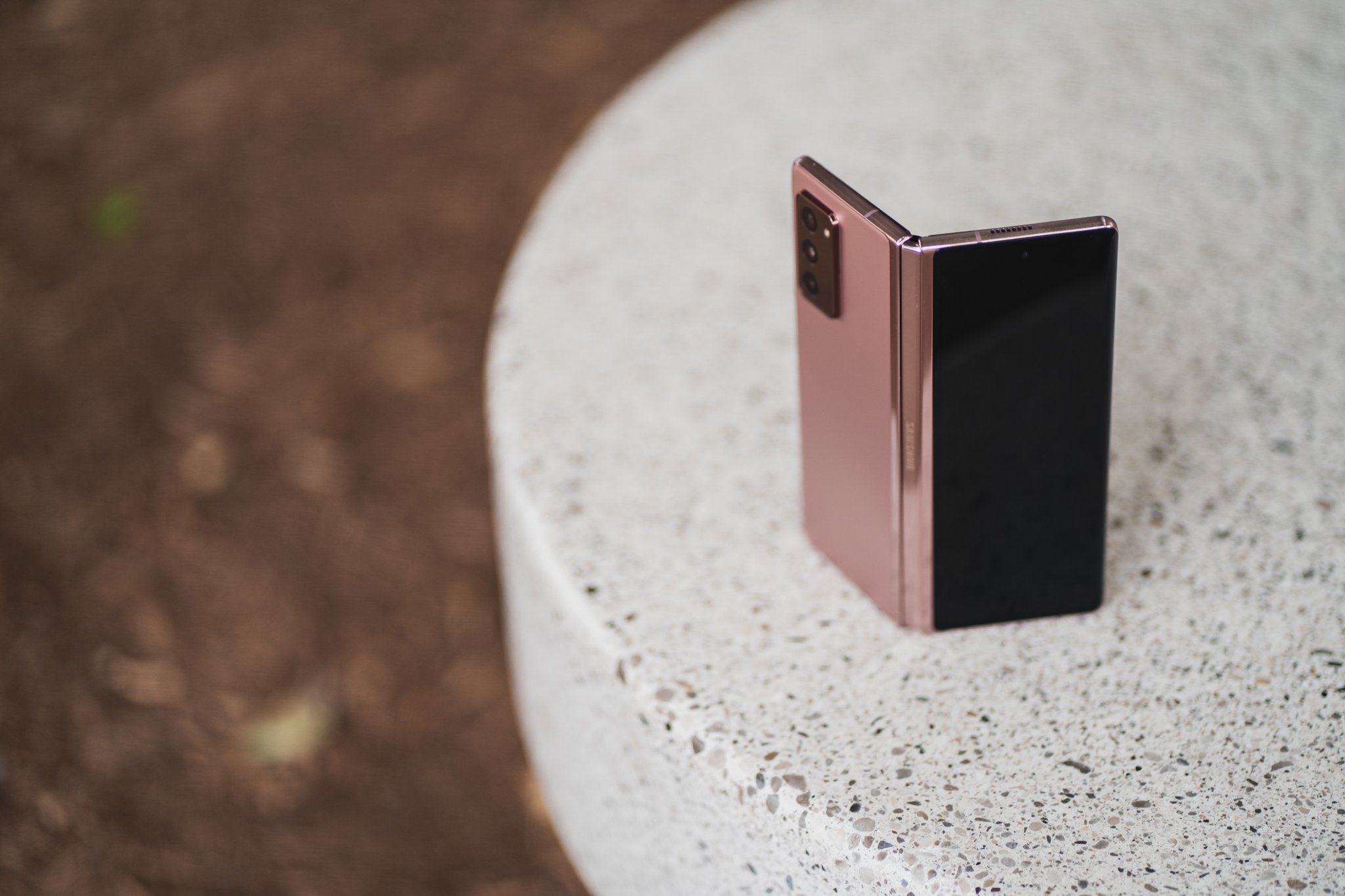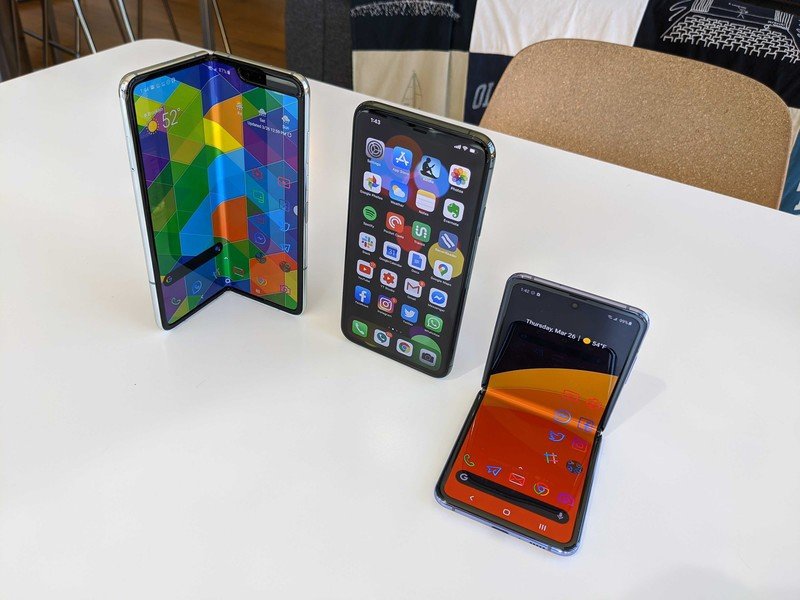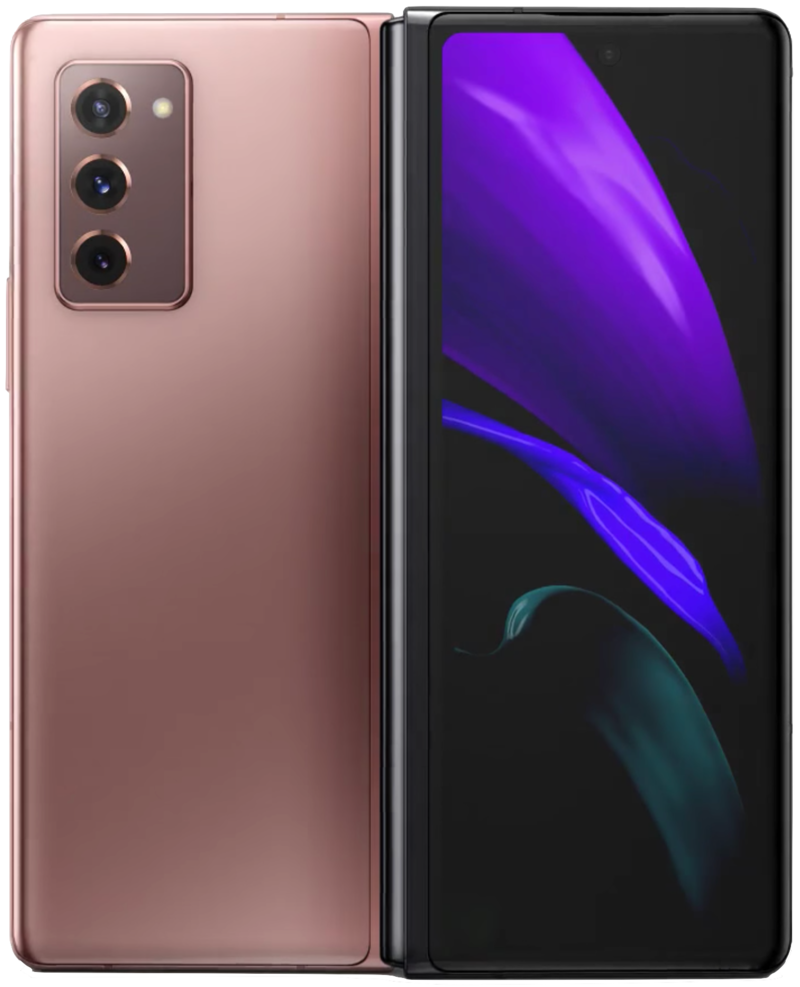Folding phones are the future — they're just missing one crucial thing

I think we're well beyond the point of labeling folding phones as a fad or simple trend. Even though the form factor has only been around for less than two years, it's clear that companies are pumping tons of money and research into making foldables the next big thing in consumer tech. Just look at the differences between the original Galaxy Fold and the new Z Fold 2. In about a year's time, Samsung drastically improved its hinge and display tech, making the Fold 2 a lot more appealing than its predecessor ever was.
Tech publications and influencers have already started to sing the praises of the Galaxy Z Fold 2, and that'll likely continue once full reviews can be published. I don't blame them one bit, because from what I can tell by watching from afar, Samsung has crafted the most promising foldable yet. It address the issues of the first model, improves all of the key specs, and keeps the same general design that got people so hyped in the first place.
As much as the Z Fold 2 has improved, though, it's still plagued by an issue that all folding phones will have to face for the foreseeable future — cost.

We can talk up the Fold 2's 120Hz display and upgraded cameras as much as we want, but that means absolutely nothing when the vast majority of people can only dream of owning the thing. Samsung is asking $1,999 if you want the privilege of owning the Fold 2, which is just way too much money for anyone other than die-hard tech enthusiasts with deep pockets.
Folding phones are breaking new grounds, but all that innovation comes with huge price barriers.
I say that with a solid understanding that the Galaxy Z Fold 2 (and all folding phones, for that matter) is equipped with bleeding-edge technology and is paving new roads that haven't previously existed. These are uncharted waters for every company dabbling in the folding niche right now, and as they work through new designs, durability issues, and anything else that pops up in the development process, that ultimately results in higher price tags than we're used to seeing.
Samsung's obviously aware of this, too, which is perfectly evident by its pricing for the Galaxy S20 Ultra and Galaxy Note 20 Ultra — two phones that cost $1,400 and $1,300, respectively. When you compare the Galaxy Z Flip 5G next to them, a phone that sells for $1,450, it doesn't look as outrageous. The fact remains, however, that that's still almost six times more than the $250 Moto G Power that your parents and grandparents are probably going to buy when it comes time to upgrade.
It might be silly to ask for folding phones that are that affordable, and while they may never reach Moto G-level pricing (at least not anytime soon), the fact remains that we need substantially lower prices in order for the form factor to go completely mainstream. If you showed someone from ten years ago a Nokia 2.3, they'd probably be blown away by the thing and think it costs an exorbitant amount of money. Today, the phone can be had for a little over a hundred dollars.
Get the latest news from Android Central, your trusted companion in the world of Android
As time goes on, new technologies become cheaper, easier to produce, and get to a point where they can target varying prices/costs. Traditional smartphones are a commodity in 2020, and ten years from now, we'll hopefully see folding phones get to that point, too.
Even in the short amount of time that folding phones have existed, it's been fascinating to see how the technology is being used in different ways. The Galaxy Z Fold 2 effectively gives you a phone and tablet in one single device, which in turn comes with an incredibly high price. The flip-phone design found with the Galaxy Z Flip and Motorola RAZR doesn't offer nearly as much utility, but it brings the idea of a folding phone to a price that's considerably lower (though still very expensive).
That's ultimately where folding phones are right now. They're a fun and exciting thing to watch from a distance, but for the vast majority of consumers, they won't be a legitimate purchase consideration for many years to come. That's something companies need to address and be aware of, because if no one's buying these breakthrough devices, all that hard work is for naught.

The latest Fold packs a serious punch
It's safe to say that the Galaxy Z Fold 2 is far too expensive for most people, but if you are in a position to afford it, it's one of the most impressive foldables we've ever seen. Samsung made the hinge more durable, expanded the cover display, and added a 120Hz refresh rate for the inner screen. Combine that with upgraded cameras and the Snapdragon 865+, and it's quite the package.

Joe Maring was a Senior Editor for Android Central between 2017 and 2021. You can reach him on Twitter at @JoeMaring1.

